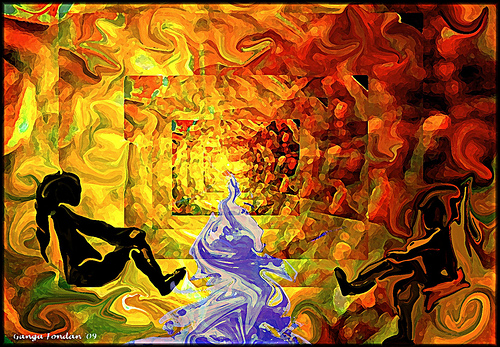Motion, Identification and The Inertial Frame of Reference…
“Everything moves. Everything …motion is just a manifestation of going from one spot to another spot in space. When we are trying to understand motion all of the things that we measure from have to come from an inertial frame of reference. An inertial frame of reference is a reference frame that is moving at a constant speed and not changing direction.”
–Motion and Relativity, Dr. Charles Liu, Research Associate @ the Department of Astrophysics, American Museum of Natural History
The backbone of a story, particularly an entertaining and engaging one is motion, movement from one place in conscious and consensual reality to another.
Amplifying the reader’s engagement with the internal movement of the story, the emotional thread requires clarification of setting and displaying the subtle shifts that take place and occur in perception of setting reflective of one’s internal changes.
These changes are usually transmitted, or rather shown through the eyes and physical senses of the protagonist who is also the point-of-view character.
Motion, Identification and The Inertial Frame of Reference… Read More »

